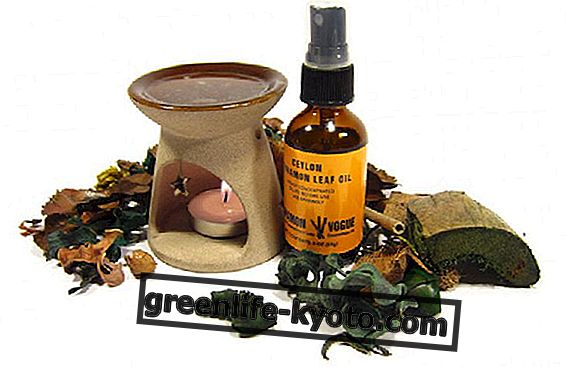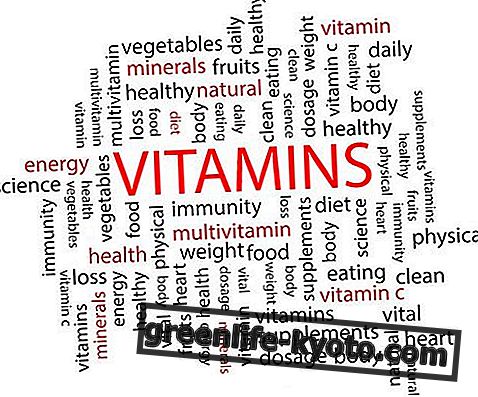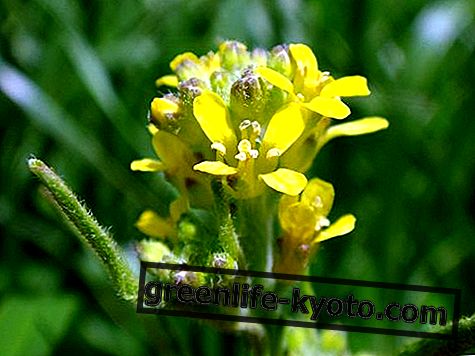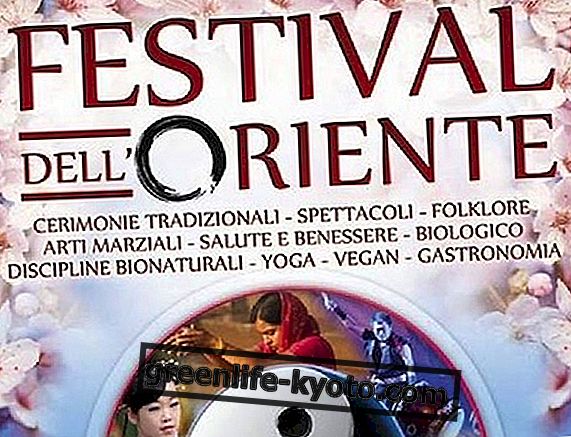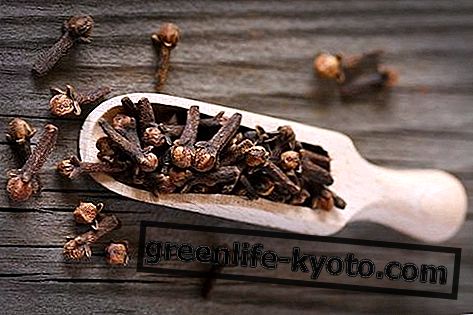
The tubers and the roots are, from the nutritional point of view, parts of the plants that are very interesting to consider.
We know that some plants, cultivated for a very long time by human beings, have the special characteristic of collecting in the tuber (sometimes in the rhizome) swollen, particular nutrients like a deposit, a stock.
This accumulation of substances (mostly carbohydrates ) has the function of providing support for the plant during the cold seasons.
For this reason, the tubers and roots have become very important, we could say irreplaceable, in the world food scene.
But not all edible tubers and roots are exactly alike and not all have the same characteristics .
Different tubers and roots offer different nutritional elements, and different tubers and roots require different treatments in the kitchen before passing into dishes on the table.
Learn more The advantages of macrobiotic cuisine >>
Potato
The potato is undoubtedly the most known and widespread tuber in the world. Rich, tasty, versatile, adaptable to various ecosystems. We all know how to cook potatoes right? Fried, boiled, stewed, roasted, baked ... is there anything else to say about it?
Perhaps yes: the importance of the peel . When the potatoes are of biological origin, we should think about eating the peel too. But let's start from the boiling.
Whether or not you have the intention to eat the peel, when it comes to boiling the potatoes, it is always good to do it with the peel and remove it only at the end, in fact peeling the potatoes before boiling them will only increase the percentage of nutrients that will be lost . But let's move on to eating the peel.
The peel, when the potato is ripe at the right point and has no green nuances, or hints of germination, you can very well eat after proper cleaning, perhaps with a hard bristle brush.
This will be useful to preserve many nutrients concentrated in the peel, excellent to eat especially if the potatoes are roasted.
Two words on yam and taro
Yam and taro are still not widespread in our country but for the explorers of taste it will not be difficult to find them in some exotic market to test them in the kitchen.
They are excellent foods both from a nutritional and a gastronomic point of view but there is something you need to know.
When we are dealing with taro and yam it is essential that they are cooked to perfection : approximate cooking is often expensive, nothing dangerous but those who go through this experience certainly do not forget it easily: due to toxins such as dioscorin, diosegenine and some triterpenes, there will be the terrible sensation of having swallowed a handful of red-hot glasses that go neither up nor down for at least a quarter of an hour. In short, nothing recommendable.
Carrot and daikon
Let's move on to the carrot and daikon, the long white radish of Asian origin. Both of these roots are excellent raw, unlike those described so far.
The carrot is, as is known, very rich in vitamin A, it is very sweet and ideal also for children: raw, boiled, steamed, baked, in puree, in juice, in a ratatouille. Daikon, which is also good to eat raw (when sweet), does not lend itself well to being boiled and steamed, but gives its best in soups .
Sweet potato or batata
The batata, also known as sweet potato, is a very interesting plant, to be discovered for its many properties and for its versatility in the kitchen. It grows well with us and its leaves can easily be eaten.
But let's get to the tuber: similar to the potato, the batata can be cooked in all the ways in which the potato is cooked, but with a difference not just: it can also be eaten raw, even without exaggerating in the doses .
Eating the raw batata means being able to take advantage of a mine of mineral salts, vitamins and carbohydrates, it is very rich in dietary fiber, has a very high level of vitamin A and a good level of the B vitamins, enzymes in quantity and numerous secondary metabolites interesting for the prevention of liver and oral cavity cancer .
As said, it should be eaten raw only sparingly because it also contains enzymes that inhibit protein absorption if taken in large quantities.





